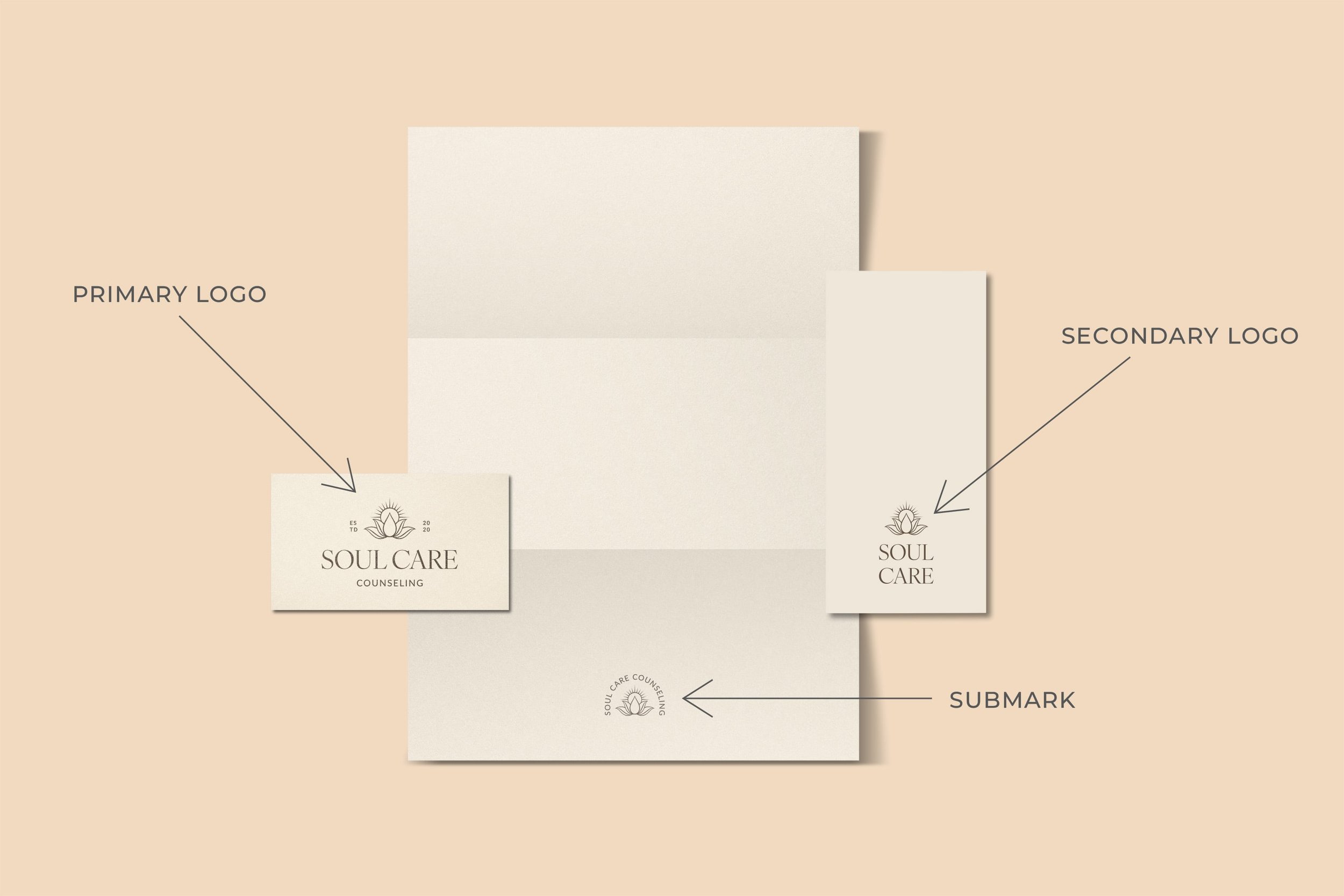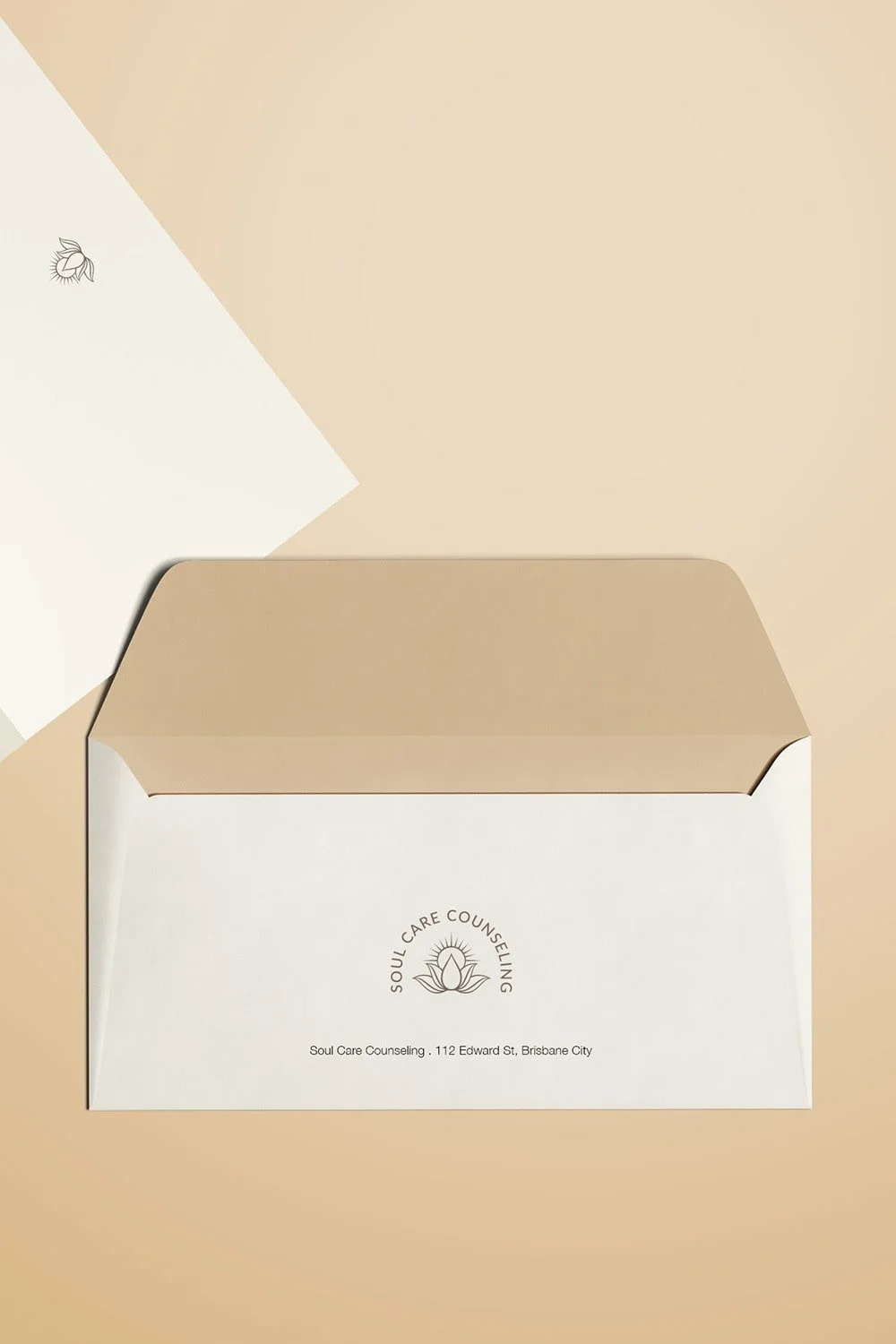What are logo variations and why you need them?
A well-designed logo can leave a lasting impression on your audience and make your brand instantly recognizable. However, one logo isn't always enough to cover all your branding needs. That's where logo variations come into play.
What are logo variations?
Think of logo variations as of alternate versions of your logo. They all feel on-brand and like part of one family but they're also different in terms of composition or shape which gives you the flexibility to use them in many different scenarios. Each variation has its role and is best used in different ways.
Logo variations help your brand look consistent in different situations.
Let's explore the different types of logo variations, such as primary logo, secondary logo and submark, and look at some examples of how you can use them for a successful and versatile brand identity.
Primary Logo
The primary logo is the cornerstone of your brand identity. It's the most comprehensive and detailed version of your logo and is designed to be the most recognizable. This logo variation typically includes your brand name, icon, and any additional elements such as tagline, year of establishment, location etc.
Applications: The primary logo is the most commonly used logo variation and is best used for medium to large scale displays, such as:
website headers
signage
business cards
brand collateral
promotional materials etc.
Primary logo design for counseling practice
Secondary Logo
While the primary logo serves as your brand's main identifier, the secondary logo is a more simplified version where any non-essential details are removed. It includes elements of the primary logo that can be arranged in a different composition.
Applications: Secondary logos are used in situations where the space is limited. Think of places where you need to use a more compact version of your logo such as:
email signatures
letterheads
social media graphics
any materials where your primary logo won't fit
Secondary logo design for counseling practice
Submark
The submark is the most minimalistic version of your logo. It usually consists of a single element, such as an icon or a symbol, with or without any accompanying text. Submarks are incredibly versatile and are ideal for situations where simplicity is key.
Applications: Submarks can be used for small brand applications or as a discreet design element on various places such as:
social media profile pictures
in your website footer
as watermarks on images
stamps etc.
Submark logo design for counseling practice
Favicon
A Favicon is not typically considered a logo variation but it’s definitely worth mentioning this tiny yet significant element. A favicon is the small icon that appears in your browser's tab when you visit a website. It's a super simplified version of your logo, just a key symbol or element, ensuring that even when scaled down to a tiny icon, it remains clear and distinctive. Having a favicon reinforces your brand's consistency and attention to detail, showcasing a professional image to your website visitors.
Applications: The favicon appears in the website browser tab.
Favicon design for counseling practice
Logo Variations Recap
Here are the main logo variation your business needs for a consistent brand image across different media and platforms:
Primary Logo
Secondary Logo
Submark
These are like the building blocks of a strong brand identity. They give your brand the flexibility to shine on a variety of materials, without ever loosing its essence.









